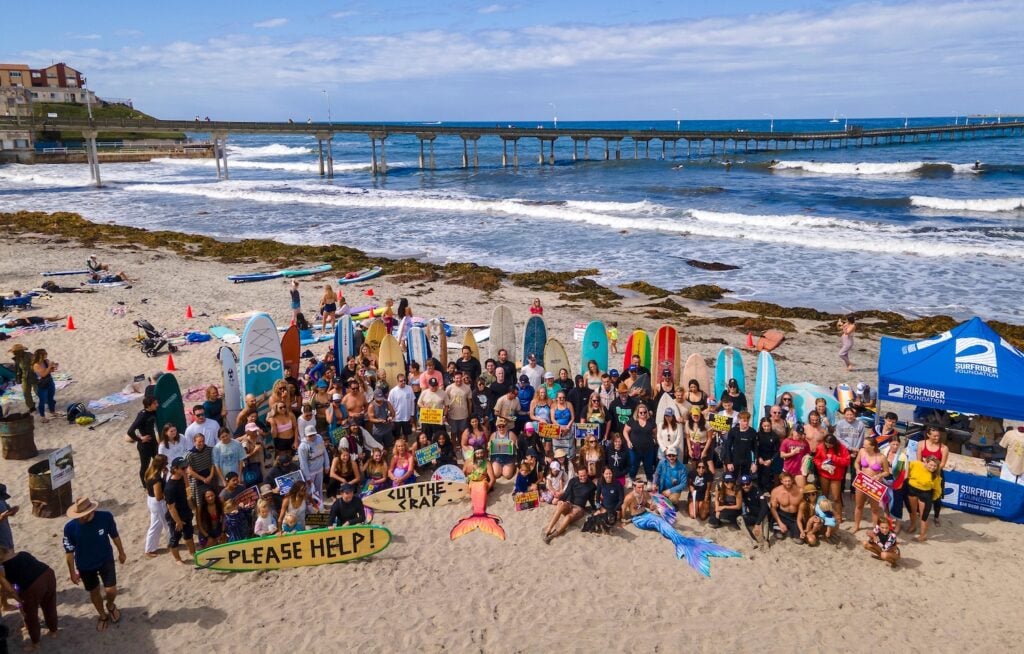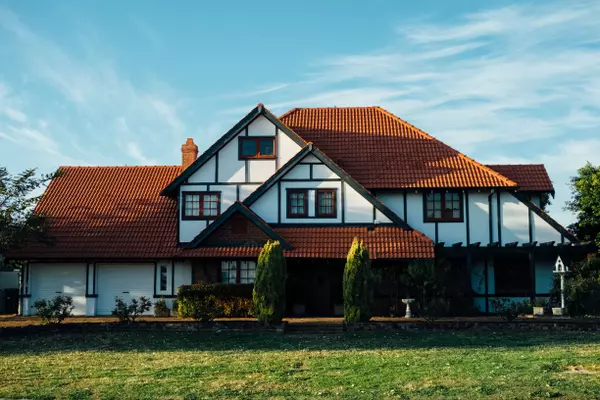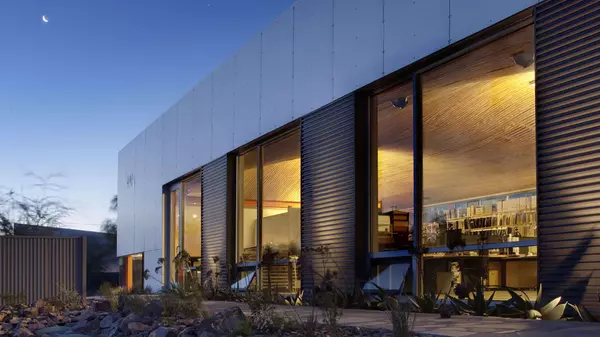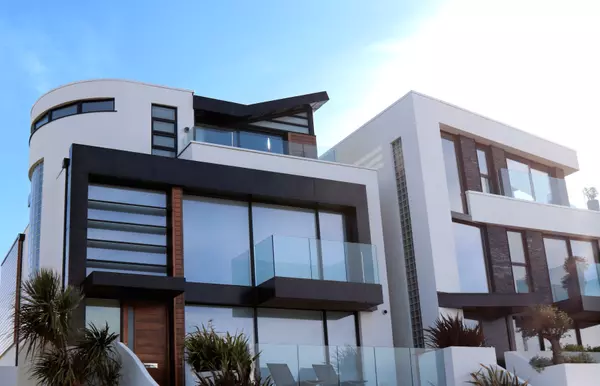$3.9B Midway Rising project could yield $178M in new local spending each year
The Midway Rising project anticipated to replace San Diego’s sports arena site could uplift the region’s local economy with a yearly boost equivalent to that of Comic-Con, according to a newly released economic impact report.
Wednesday, the team behind the project released the analysis, which was prepared by the San Diego Regional Economic Development Corporation and paid for by the developer.
In total, the project is expected to produce $178 million in new spending across the county each year once it is completed, according to the report. A large chunk of the new spending is projected to come from visitors traveling from out of town to frequent an all-new arena that is anticipated to host 143 events and 1.1 million people each year.
At the same time, the city of San Diego is expected to directly pocket only a marginal sum — $1.1 million — in profit to the general fund from property and sales taxes after subtracting estimated costs associated with servicing the project’s thousands of new residents.
The report also reveals, for the first time, a preliminary project cost of $3.9 billion, with the enormous investment expected to be felt countywide.
“A more beautiful Midway (District) with newer, world-class amenities and the world-class entertainment district is all exciting, but the thought of people being able to live there, and then the fabric of that becoming more of a neighborhood in San Diego that’s attainable for people is what I think makes (the project) transformational,” said Mark Cafferty, president and CEO of the EDC. “It does have a ripple effect for the whole region, because you have an entertainment venue that people from throughout the region will use in a lot of the ways, (and) you have jobs that are being created there, both construction jobs and long-term jobs, that people from all over the region will benefit from.”
The favorable analysis comes in the lead-up to San Diego City Council’s future consideration of a long-term ground lease and development deal with the Midway Rising team.
In September 2022, City Council members selected Midway Rising to remake its real estate at 3220, 3240, 3250 and 3500 Sports Arena Blvd. in the Midway District. Midway Rising is composed of Zephyr, affordable housing builder Chelsea Investment Corp., and sports-and-entertainment venue operator Legends. The Kroenke Group, a subsidiary of billionaire Stan Kroenke’s real estate firm, is the entity’s lead investor and limited partner.
The project is currently in the last leg of the environmental review process required by California’s Environmental Quality Act. The final version of the subsequent environmental impact report for the Midway Rising Specific Plan is expected to be released next month for review by the San Diego Planning Commission. The development team is also hoping to finalize a ground lease with the city before the end of the year. Terms of the deal have not been disclosed.
The project’s specific plan includes 4,254 residential units, a 16,000-seat replacement arena, 130,000 square feet of commercial space, 8.1 acres of parks, and another 6.4 acres of plazas and public space on 49.2 acres of land. The team has promised to set aside 2,000 residential units for households earning 80% or less of the area median income, or what’s considered affordable housing.
The newly released economic impact report is meant to help contextualize what proponents view as a boon to the region.
The report may also further incentivize the city and county to create a tax increment financing district. The local government entities are still evaluating whether they want to form what’s called an enhanced infrastructure financing district to contribute their share of future property tax dollars to pay for public infrastructure such as parks, libraries and roads.
Economic impact reports are, however, generally aspirational in nature.
The EDC used cost estimates and projections provided by Midway Rising, and economic impact modeling software from IMPLAN Group LLC. The report considers the direct impacts linked to the redevelopment, alongside indirect impacts to industries in the supply chain, as well as induced impacts from how workers spend into the local economy.
The development, to be completed in two phases over an estimated 14-year period, will cost $3.9 billion to construct, with $1.6 billion of the sum going to paying for labor, according to the report.
“(That’s) the equivalent of having 21,900 construction workers employed for a year over the 14-year span,” said Eduardo Velasquez, who is the EDC’s senior director of research and economic development.
Although a one-time benefit, the construction work will produce $94 million in local tax revenue, he said.
In addition to the temporary work, the project will create 1,500 new permanent jobs on top of the existing 1,600 jobs already supporting operations. Most of the new jobs will be retail jobs tied to the arena and the project’s storefronts, although there will be 158 new jobs associated with housing management and maintenance.
The project’s total economic impact to San Diego County is estimated at $285.9 million annually, with 62% of the spending — or $178 million — identified as new spending above existing operations. Around 90% of the new spending will take place within the city of San Diego.
“The new development, even net of existing operations, is going to effectively bring the same kind of economic activity and value to the region that Comic-Con already does,” Velasquez said.
Comic-Con has an estimated annual regional impact of $161.1 million, according to the San Diego Convention Center’s fiscal year 2024 annual report.
“It’s not just the spending that happens in the arena from people attending the events, but it’s the income that goes into people’s pockets by staffing the site and working there, and then the spending that they do when they go home, when they buy their groceries and spend money on rent and gas and things like that,” Velasquez said.
Economic impact reports are rarely unbiased and sometimes ignore that the gross spending is taken from elsewhere in the local market, said Norm Miller, a real estate professor emeritus at the University of San Diego.
“We know that money spent on sports events or restaurants may have happened anyway, but somewhere else in the region, and so it is mostly a shifting of spending,” said Miller, who was not briefed on the Midway Rising economic impact report.
Miller also noted that retail jobs do little to bring in new money from outside the region. The types of jobs that actually boost the local economy are permanent hospital jobs, research jobs and positions with organizations that export goods outside the region, he said.
The EDC said it was careful to subtract current spending and anticipated shifted spending from the project’s annual regional net value.
“We take into account the estimated visitor spend that’s associated with different populations from different geographies,” Velasquez said. “We put together some pretty conservative assumptions based on some data that is collected across multiple analyses like this that have been done for other regions, other markets, other development proposals. And (we) combine that with spending data that is sourced from the (San Diego) Tourism Authority. So we understand, on average, how much a visitor spends on different types of activities when they come to visit the city of San Diego or the county of San Diego, depending on how far they travel to come here.”
The $178 million sum assumes that, each year, the arena will generate $103.5 million in additional spending, housing-related sources will create $74.4 million in new spending, and the retail component will add $87,000 on top of existing conditions, according to the report.
In addition to the new spending, the city and county can expect to collect millions in property and sales tax dollars associated with the new development once it’s finished.
The development’s annual operations are projected to generate more than $13 million in gross tax revenue to the city, the report states. The city will only net $1.1 million after deducting costs associated with servicing the project’s residents. The county is anticipated to pocket $3.9 million in annual property tax revenue after accounting for costs.
Categories
Recent Posts










GET MORE INFORMATION

Agent | License ID: 02118739

